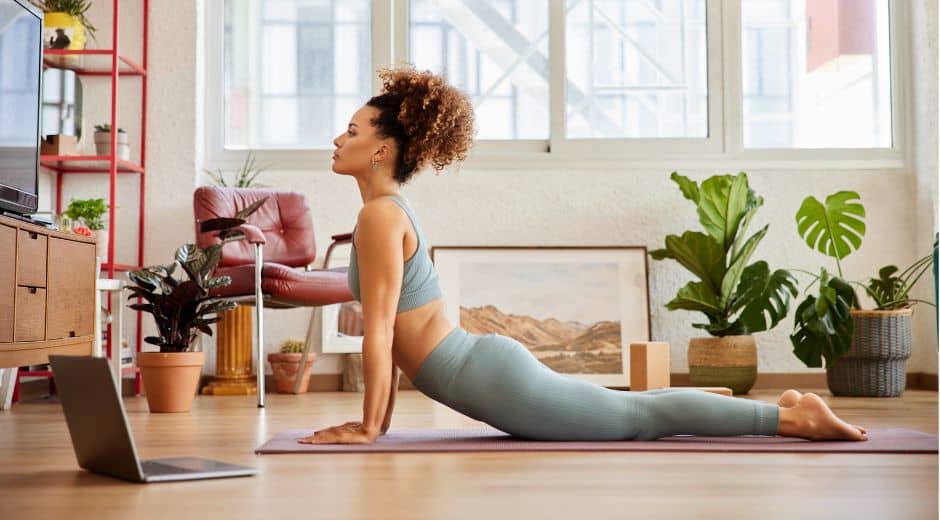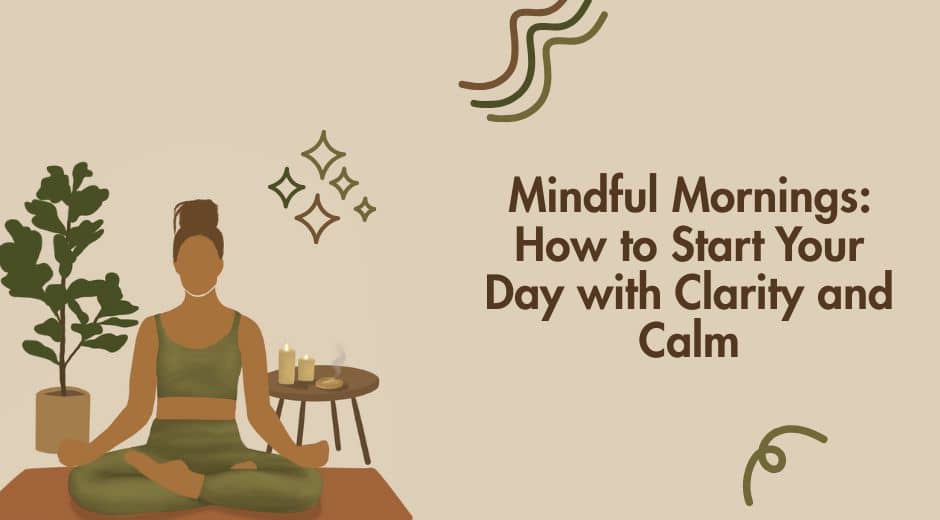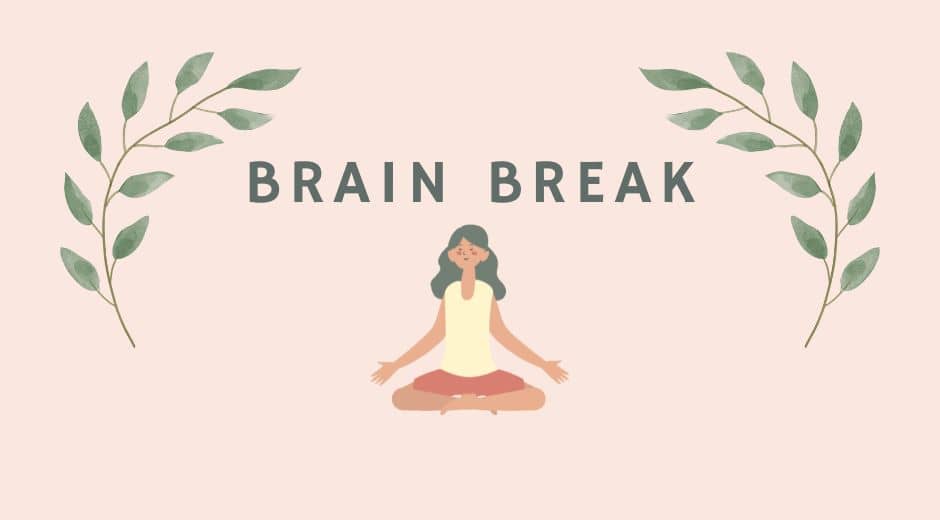10-Minute Morning Mindfulness Routine for a Stress-Free Day
Mornings set the tone for the entire day. A short, consistent mindfulness routine can dramatically reduce stress, sharpen focus, and make you feel more grounded before emails, commutes, or meetings begin. This guide gives you a simple, repeatable 10-minute plan you can follow every morning — no special equipment required. Whether you have a busy schedule or a gentle morning ritual, these steps are designed to be practical and restorative.
Why a 10-minute practice works
Many people assume meditation or contemplative practices require long sessions. The truth is short, focused sessions often beat inconsistent marathon practices. Ten minutes is long enough to interrupt automatic stress cycles and short enough to become a daily habit. Small, positive habits compound: just two weeks of a 10-minute mindfulness habit can change how your nervous system reacts to pressure, leaving you calmer and more responsive.
Before you start: set up your space
Find a quiet corner — a kitchen chair, a bedroom window seat, or even a standing spot in the hallway. Keep your phone on Do Not Disturb and, if helpful, set a gentle timer for ten minutes. Comfortable clothing is enough. Keep a glass of water and a small notebook nearby if you like to jot reflections after the session.
0:00–1:30 — Gentle arrival & breathing
Sit comfortably with a straight back. Close your eyes or soften your gaze. Begin by taking three slow, full breaths: inhale for four counts, hold for one, exhale for five. This simple breath pattern helps pause the autopilot and primes your body for the practice. Use these breaths to drop into the present moment and let the day's mental clutter sit to the side.
1:30–4:00 — Body scan for grounding
Move your attention slowly from the top of your head to your toes. Notice any tension without trying to change it. When you encounter tightness, breathe into that spot and invite release. Just noticing physical sensations anchors awareness and keeps your practice practical and embodied. This element of the practice is a core piece of modern mindfulness approaches.
4:00–6:00 — Focused attention (single-anchor)
Choose one anchor: breath, a short mantra, or the feeling of your feet on the floor. Keep your attention on that anchor. When thoughts wander (and they will), gently return to the anchor without judgment. This builds attentional strength and helps you respond to distractions with discipline rather than reactivity.
6:00–8:00 — Gentle movement or mindful stretch
Stand up and do two to three slow stretches: reach arms overhead, lengthen the spine, twist gently left and right. Coordinate movement with breath and notice the sensations. This mindful movement bridges sitting awareness with the active day ahead and prevents the stiffness that often arrives after a night’s sleep.
8:00–9:00 — Set an intention
With two or three breaths, set a clear, positive intention for the day: “Today I will stay present,” or “Today I will be kind to myself.” Intentions are not goals; they are directional signposts that help you return to wise choices when distractions appear. This quick step reinforces purpose and brings continuity to your practice.
9:00–10:00 — Gratitude & transition
In the final minute, name one thing you’re grateful for — big or small — and allow a soft smile. Open your eyes, take a deep, steady breath, and step into the day. This ritual end-point signals your brain that the session is complete and prepares you to act with calm energy.
Tips for making it stick
- Keep it daily: consistency beats intensity.
- Anchor it to an existing habit — after brushing teeth or before morning coffee.
- Use gentle reminders: a note on the mirror or a short calendar checkmark helps build streaks.
- Short on time? Do a 3-minute version: one minute breath, one minute scan, one minute intention.
Common questions
Do I need to clear my mind? No. Thoughts will come. The practice is about returning to the present with kindness.
Can I use apps? Yes — guided sessions can be helpful when starting out. Try a few to find a voice and style that fits you.
Science-backed benefits
Research links short daily practices with reduced anxiety, improved focus, and better emotional regulation. Many readers combine this routine with reading or journaling and report feeling more productive and emotionally resilient. If you want deeper reading on related topics, check major resources like Forbes, The New York Times, or the research summaries available via Harvard Health.
Pair it with other healthy habits
Combine this practice with a short walk, hydration, or a nutritious breakfast to amplify the benefits. If you keep a short morning log, jot one sentence about how you feel after the session; over time you’ll notice patterns and improvements.
Ready to explore more? See our related guide on creating a resilient morning routine at Morning Mindset: Build Resilience Before 9 AM.
Final thoughts
Ten minutes is a tiny investment for big returns. Start simple, be kind to yourself on days you miss, and treat this routine as a practical tool rather than a moral test. Over weeks, that quiet 10-minute window will often become the most valuable part of your day.
Mindfulness Made Simple

Breathwork Basics You Can Use Anytime To Reset
Breathwork Basics You Can Use Anytime To Reset

Sleep Rhythm, Simple Night Habits For Deeper Rest
Sleep Rhythm, Simple Night Habits For Deeper Rest

The Meaning of Connection: Building a Purposeful and Fulfilling Lifestyle
Explore how genuine connection supports mental wellbeing, emotional health, and deeper purpose, shaping a more meaningful and fulfilling lifestyle.

Hydration Balance: How Water Shapes Energy, Digestion, and Daily Wellness
Learn how hydration balance fuels energy, supports digestion, and improves overall wellbeing through simple daily habits and smart nutrition strategies.













